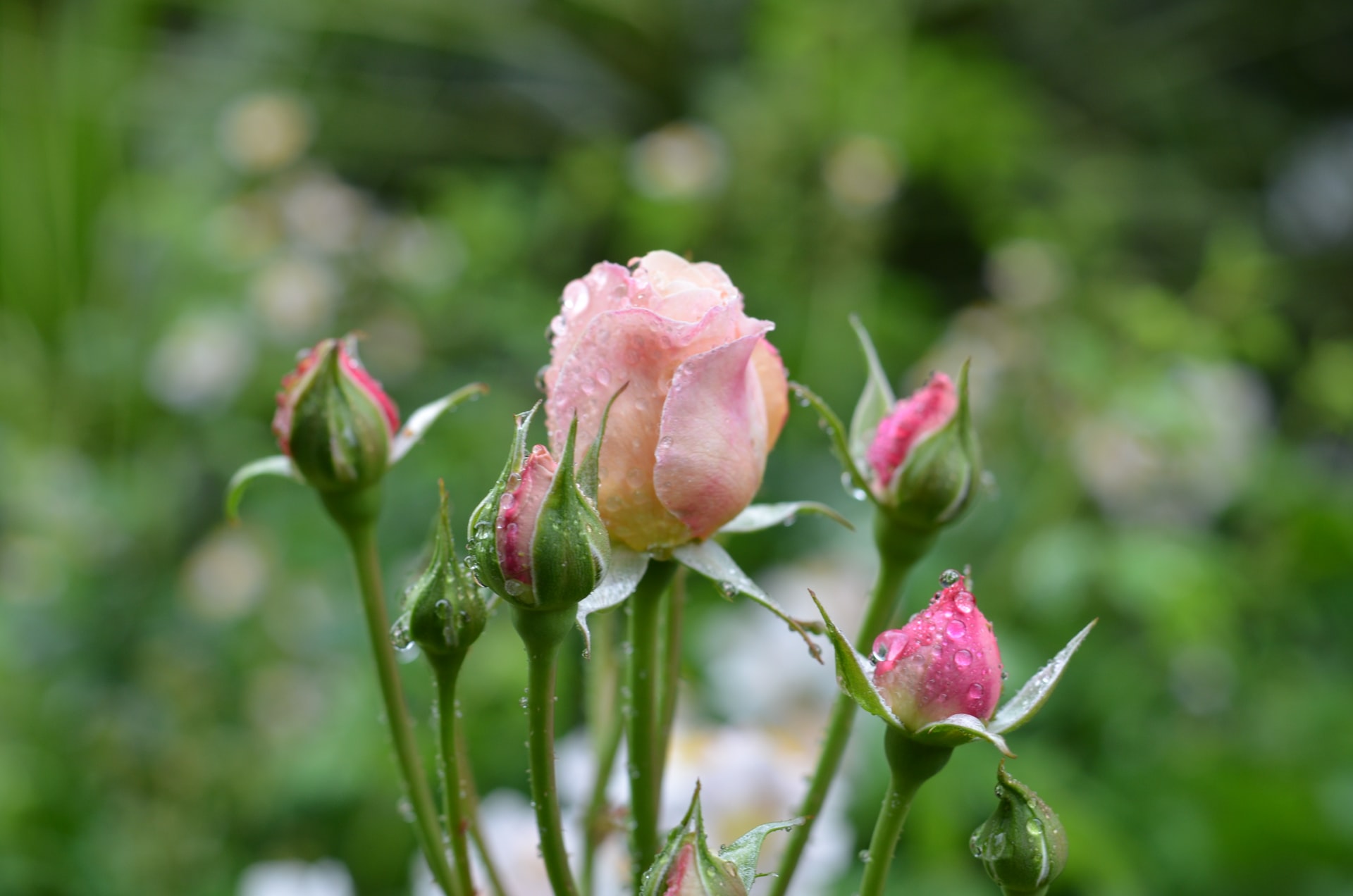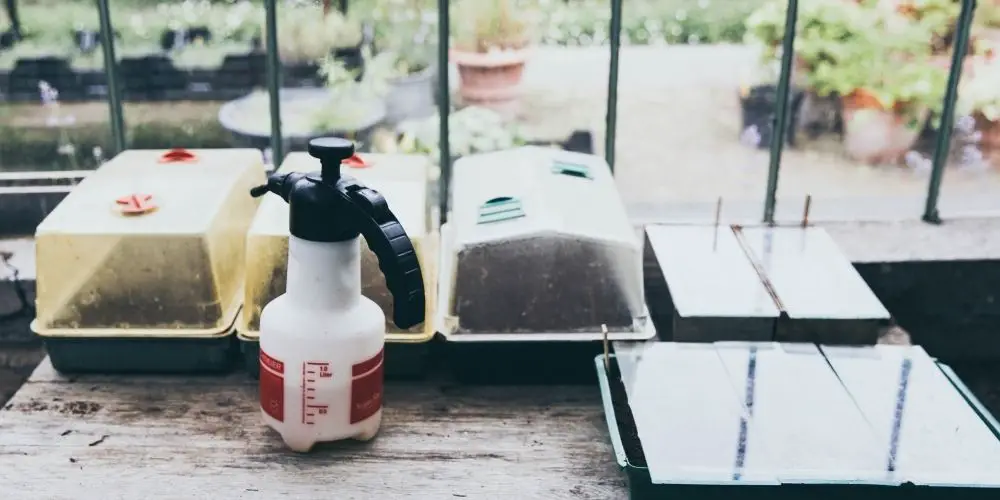Hydrangeas are also known as hortensia, meaning “Of the Garden” in Latin. An ancient Roman name, hortensia (Hydrangea macrophylla) is the most common of over 75 species. Another popular hydrangea species, Limelights (Hydrangea paniculata), like most hydrangea species, portray the most extraordinary white-lime colored blooms. Common hortensia plants grow in a variety of colors from early spring to late fall.
Thriving in partial shade to full sun, the colossal flowers bloom in shades of pink, purple, green, white, red, and blue. Not to mention, one of the most interesting facts about hydrangeas is that you can change the color by planting aluminum or iron, like a nail, in the soil with the roots.
The root and rhizome (stems found underground) are useful in herbal medicine for curing urinary tract issues, bladder infections, prostate and urethra problems, and kidney stones. With so many healing qualities, the widespread popularity of this particular plant is obvious.
An incredibly diverse and widespread plant, hydrangeas are believed to be native to Asia and the Americas. According to legend, a Japanese emperor gifted the plant to his love’s family to represent his devoted feelings for her.
Similarly, in the United States, hydrangeas symbolize strong emotions, love, and appreciation and are often given to couples as a 4th wedding anniversary gift. A remarkably beautiful flower with significant symbolism, the hydrangea is an inspiring addition to any garden or flower arrangement. Hydrangeas may require some upkeep and grooming, but the rewards are worth showing the plant some tender loving care.
So, to answer the question, should hydrangeas be cut back in the winter? The answer is yes. Hydrangeas are considered to be shrubs so to maintain a healthy plant, begin pruning when the flowers fade after the summer season.
However, they can also grow as tall as a tree or a climbing vine reaching incredible heights of up to 100 feet tall. Hydrangeas grow bigger and more beautiful when pruned properly. Towards the end of winter, these shrubs should be cut back before any new growth commences in early spring.
A good rule of thumb when deciding what is the best time to prune your hydrangeas is to observe when the blooms begin to die. Another pro tip, never plant a hydrangea under a tree because the root systems will compete for nutrients and will not evolve to their full growth potential.
5 Reasons to Cut Back Hydrangeas in the Winter
- To remove old blooms that are taking nutrients from the healthy new growths on the shrub.
- To clean up and shape the plant’s appearance.
- To increase the plant’s vitality and expand the size of the shrub and blooms.
- For bigger, healthier blooms, cut the plant all the way back.
- To improve the plant’s overall health.
Winter Care for Hydrangeas
For most plants, winter is their dormant period. While some hydrangeas still grow during the winter season, they should still be cut back before the new blooms develop in early spring. Most gardeners are concerned about the plant’s health, but also desire an orderly appearance rather than promoting unruly, wild growths. Learning when the correct time to begin pruning certain hydrangea species is imperative. Luckily, countless resources can guide you as to when the right time is for your environment and species.

- Should I Cut Off Brown Hydragea Blooms?
- Does Lavendar come back every year?
- Does Basil come back every year?
By allowing the hydrangea plant to become too woody, the flowers will grow smaller in size because all of the nutrients needed to increase the bloom size are being dispersed through all of the useless woody parts of the plant.
Pruning can also monitor and control the plant’s shape and prevent it from growing wild and reduce the branches from folding. Hydrangea blooms can grow to be so immense in size that the branches break from the weight of their own flowers.
When you cut hydrangeas back, you create a stronger base to support the blooms.
Hydrangeas are one of the most diverse plants that appear in a variety of colors, locations, and species.
Thriving in Asia and the Americas, hydrangea species have adapted to be resilient plants. Preferring morning sun and afternoon shade, hydrangeas need room to grow freely within reason.















